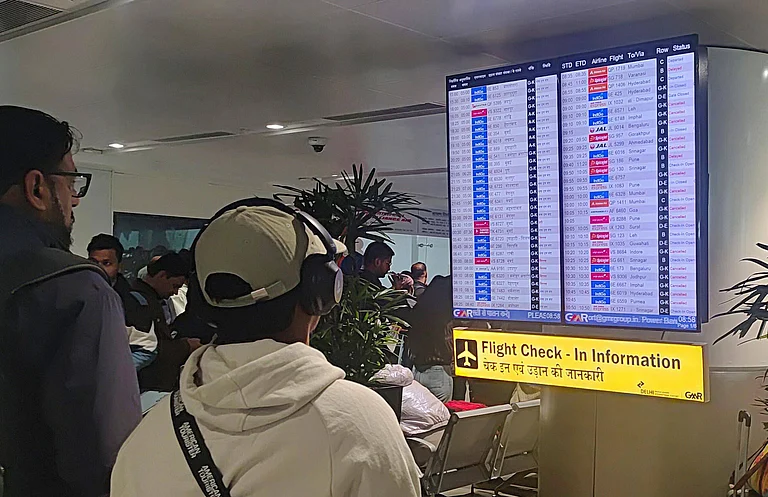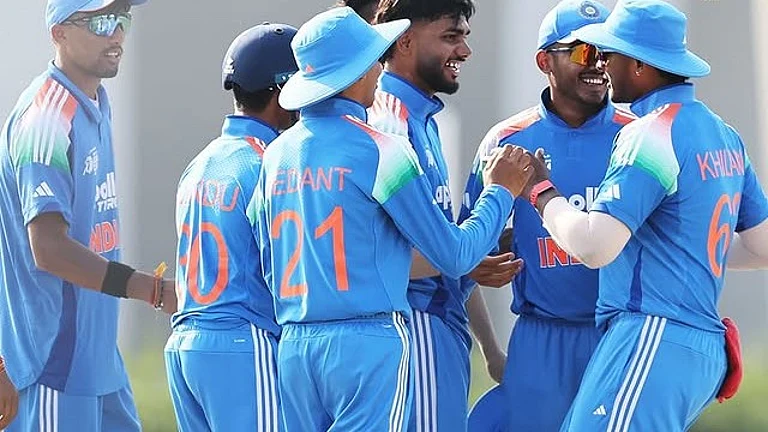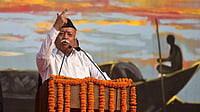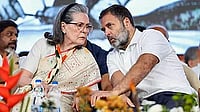But no family with a history as old as that of Mewar can be without its blemishes, and in the Sisodia code of chivalry, there has been enough scope for the whole pantheon-murders, fratricide and assassinations, scandals, vices and extravagances. History has recorded but passed lightly over them since the chronicles were often part of bardic lore. While enough is known of the more contemporaneous deeds of Sangha, Kumbha and Pratap, and of Padmini, Pannadai and Mirabai, Ian Austin's book provides a quick recap of the genesis and family tree with enough embellishments to qualify him as a bard-of-honour.
When you commission a book, you cannot expect anything other than a hagiography with a halo, especially when, as Arvind Singh notes: "I was concerned that some sort of a preconceived idea of events might be common to an Indian or British author." A documentary writer who hails from Australia, Austin was quick to accept the assignment and subsequent hospitality, and used Todd's Annals and Brian Masters' Maharana for his bedside reading, along with a couple of other books that have the backing of the Maharana's foundations and trusts. Small wonder, then, that he is able to offer nothing that is new or original other than partially apologetic explanations of the conduct of the ranas or maharanas who did not measure up to the tough Sisodia code. In sharp contrast with what would have been a historian's approach, there is no evidence of an authorial desire to question mythical and legendary premises.
From this tome, one would assume that Arvind Singh Mewar, a suave sophisticate, is restricted by his role as the 76th heir to the state's palace hotels and museums. No wonder there has been such a spate of books in recent times with Arvind Singh on the jacket: the legend perpetuating tourism and vice versa. If anything, this is where the book's strength lies: in its cache of old pictures, prints and paintings that seam the narrative together.
It is Austin's hypothesis that the history of the founder of the dynasty is "important for India, important internationally, and even important for Mankind" (capitals his). Given such a strong view, it is surprising that he glosses over so much, including the more recent controversy over the true heir to the lineage of Bappa Rawal. For Udaipur's inheritance, on Maharana Bhagwat Singh's death in 1984, passed not to the elder son but the younger, and earlier estranged, Arvind Singh. Mahendra Singh's claim to the honour and glittering inheritance is explained away, somewhat hastily, as voluntary abdication from the family, something the nobles of Mewar did not accept for a long time.
But as all flesh is weak, so Arvind Singh's resources seem to have bought their acquiescence. Indeed, the most interesting part of the book is Arvind Singh's own account, perhaps for the first time on record: "I am bitterly disappointed that my older brother, Mahendra Singh, decided to legally separate.... I know his action deeply hurt my father.... His consequential decision...paved the way for opportunists to muddy the water for their personal gains. ... It is common sense that once one voluntarily severs himself from the family-lock, stock and barrel-he no longer has the prerogative to be the head of that family or rejoin the family.... Therefore, I found myself doing a job which I had not expected, traditionally, to perform."
Now, there's a whole book in that: but is anyone up to the task?


























